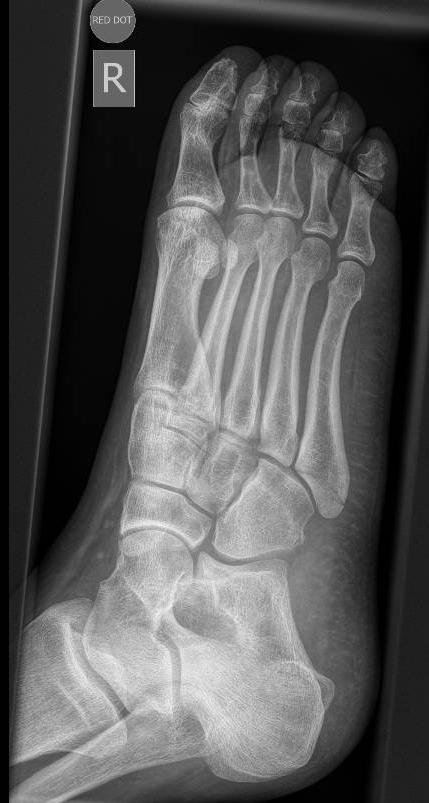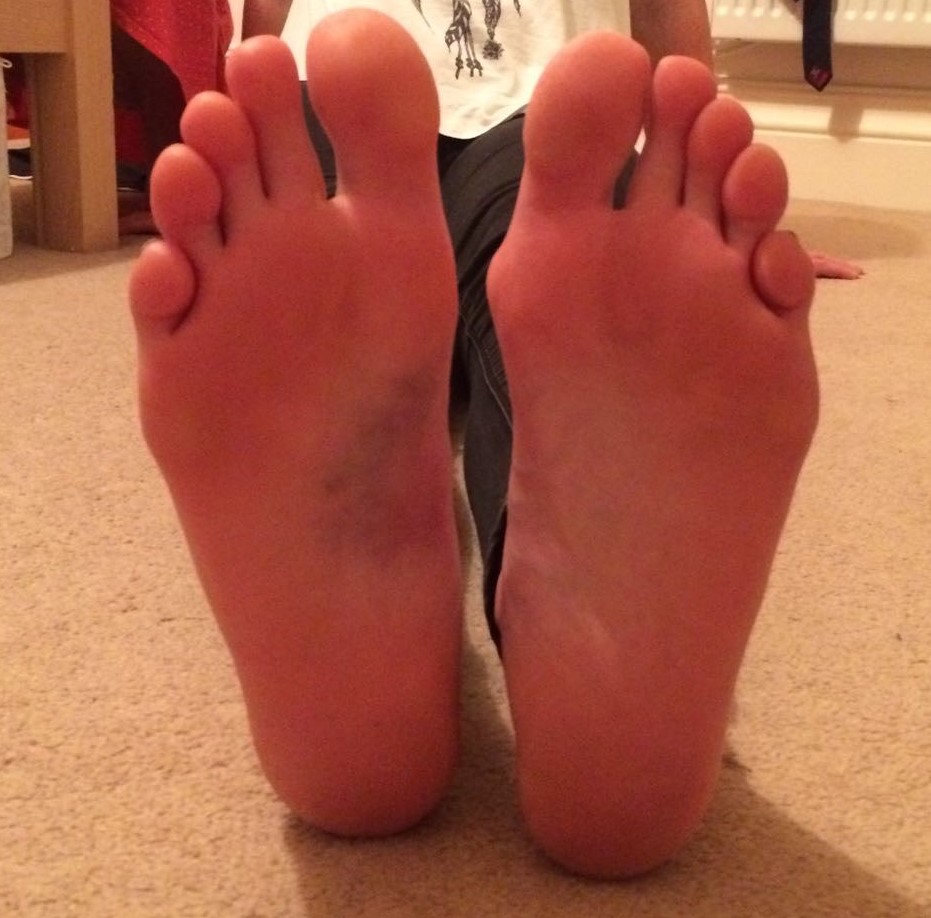How can we help?
Get in touch

Please note that for any urgent or life-threatening conditions, we always recommend that you should call 999 or go to your nearest emergency department immediately. We are usually able to provide face to face or remote appointments with our GP’s within 24 hours. Please contact 01442 331 900 to book an appointment.
Our experts tackle a variety of topics in their own words
As we pass the one-year anniversary of the Covid pandemic, we come to realise how important it is to keep our bodies physically healthy and how important sporting activities are to us. As we increase our sporting activities, the likelihood of sports related injuries increases too.
Here I talk about some commonly encountered foot and ankle sporting injuries to look out for, and what can be done for them.
Ankle sprain
Ankle sprains are extremely common, they range from minor sprains which improve after a few days to severe ligament damage and possibly ankle joint damage. The majority of ankle sprains improve after a few weeks of rest, ice, compression, and elevation of the ankle.
Signs to look out for at the initial injury is an inability to bear weight on the ankle. If this is the case then it is highly recommended to get an x-ray of the ankle to look for any fractures. Over time, the swelling and the bruising and the pain should improve, this can take between 2 to 6 weeks depending on the severity of the injury and the activity levels after the injury.
If after a few months there is still pain, swelling or weakness or the ankle is repeatedly giving way, then it is worth seeking further medical advice from a foot an ankle specialist to assess for any significant ligament damage, which can sometimes be associated with damage to the cartilage in the ankle joint.
Base of fifth metatarsal fractures
These fractures are associated with twisting of the foot. The tendon at the end of the bone pulls and can cause a fracture at the base of the bone, resulting in pain and swelling at the side of the foot. The vast majority of these fractures can be treated without surgery with the use of a walking boot. These fractures can take 4 to 8 weeks to settle down with the walking boot, and can take up to 3 months to heal. If there is continued pain after three months then it is worth considering an x-ray of the foot to assess whether the fracture is healing or not. In a small proportion of these fractures there is sometimes delayed healing or the fracture may not heal together. If this is the case, and there is still symptoms of pain and discomfort, then it is worth getting medical advice from a foot an ankle specialist.

LisFranc injuries
These are serious injuries of the foot, and unfortunately are commonly missed and misdiagnosed as a ‘foot sprain’. They are often seen in severe twisting injuries of the foot but can occur in more innocuous injuries. There is often swelling and pain in the foot, and sometimes patients are still able to walk on these injuries. There may be the sensation of a click in the foot on walking, but the most telling sign is bruising on the underside arch of the foot. If this sign occurs, then it is highly recommended to see a foot and ankle specialist for clinical examination and specialised tests. The vast majorities of these fractures are treated surgically, as these injuries are unstable and do lead to problems in the foot later in life.

Achilles tendon ruptures
Achilles tendon ruptures are another commonly missed injury, it can be mistaken as an ankle sprain and treated as such. It generally occurs during a forced push off with the foot during exercise and activity. The classic history is a sensation of being kicked at the back of the heel with a ‘pop’ or ‘snapping’ sensation. Patients can sometimes still continue to walk which is why this injury can be missed. There is often bruising and swelling of the calf and this can sometimes be mistaken for a clot in the leg. With Achilles tendon rupture there is weakness with pointing the foot down, leaving patients unable to tiptoe due to weakness. The majority of Achilles tendon rupture are treated without surgery, however proper initial treatment and investigations and a graded rehabilitation programme with a specialised boot is the key to a good recovery.
If you’re worried about aches and pains in your foot or ankle, do not hesitate to book a consultation with Consultant Orthopaedic Surgeon Mr Edmund Ieong today. Call our team on 01142 497 254 to find out next steps.

Consultant Orthopaedic Surgeon
Mr. Ieong is a consultant trauma and orthopaedic surgeon with specialist training in foot and ankle surgery.
Mr. Ieong qualified from Imperial College London medical school in 2007. He undertook his specialist orthopaedic training in London in the North West Thames London Deanery. He has had a broad exposure to foot and ankle pathologies and trauma. During his training, he has worked at St. Mary’s Major trauma centre and spent a year working with the foot and ankle department at the Royal National Orthopaedic Hospital where he gained experience in managing complex foot and ankle pathologies and reconstruction. He subsequently undertook a specialist foot and ankle fellowship at the Nuffield Orthopaedic Centre in Oxford, covering deformity corrections and arthritic conditions. This was followed by a foot and ankle fellowship at Addenbrookes Hospital in Cambridge, with further experience in complex foot and ankle trauma, and diabetic foot conditions. Mr. Ieong was appointed as a consultant orthopaedic surgeon to West Hertfordshire Hospitals NHS Trust in 2019.
Mr. Ieong maintains an active involvement in teaching surgical trainees. He is a member of the British Orthopaedic Foot and Ankle Society and keeps up to date by regularly attending conferences and educational courses. He has published his research in peer reviewed journals and has presented his work at a national and international level. He was awarded a place on the BOA leadership programme and has developed quality improvement projects in patient education and promoting a patient centred approach to management.